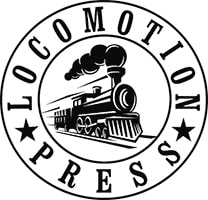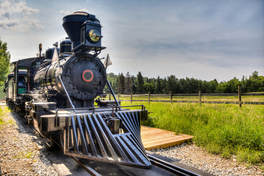Toy Train FactsToys resembling trains were first made in Europe in the 1860's, the majority of which were made in Germany.
Lionel introduced its legendary Mickey Mouse handcar in 1936. The National Toy Train Museum is located in Ronks, PA, USA. Introduced in 1957, the Lionel Girl's Train Set in pastel colors is a collector's item today. Toy trains as a decorative component under Christmas trees began in the U.S. in 1895. |
Fun Train Facts
|

